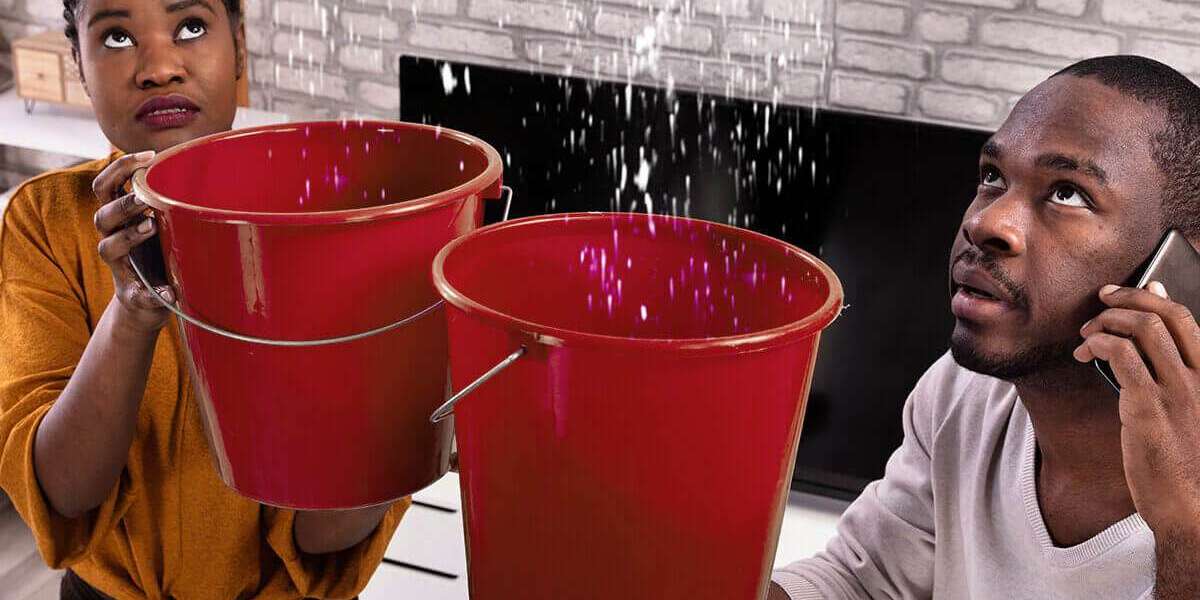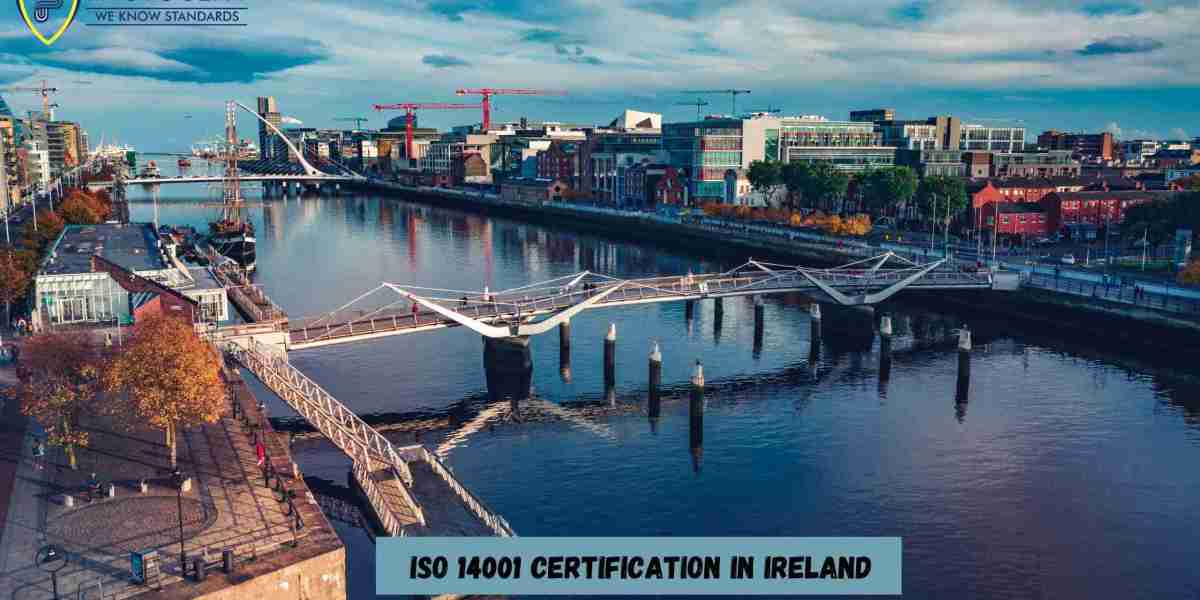Introduction
Flooding is a natural disaster that can wreak havoc on homes, causing extensive water damage and leaving behind a trail of destruction. When faced with a flooded basement or any water-related catastrophe, prompt action is crucial to mitigate the damage and restore your property to its former glory. In this comprehensive guide, we delve into the intricacies of flood clean up and water damage restoration, offering valuable insights and practical tips to navigate through these challenging times.

Understanding Flood Clean Up
Flood clean up is the process of removing water, debris, and contaminants from a flooded area to prevent further damage and restore the affected space. Whether it's due to heavy rainfall, burst pipes, or natural disasters, prompt and efficient clean up is essential to minimize the long-term impact of flooding.
Assessing the Damage
The first step in flood clean up is to assess the extent of the damage. This involves inspecting the affected area to determine the severity of the flooding and identify any structural issues or safety hazards.
Safety First
Before embarking on any clean up efforts, prioritize safety. Turn off the electricity and gas supply to the affected area to prevent the risk of electrocution or gas leaks. Wear protective gear such as gloves, boots, and masks to guard against contamination from floodwater.
Water Damage Restoration Process
Water damage restoration is a multi-step process aimed at drying, sanitizing, and restoring the affected property to its pre-flood condition. From extracting standing water to dehumidifying the space and repairing structural damage, each step plays a crucial role in the restoration process.
Water Extraction
The first step in water damage restoration is to extract standing water from the flooded area using specialized pumps and vacuums. This helps prevent further damage to the property and facilitates the drying process.
Drying and Dehumidification
Once the excess water has been removed, the drying and dehumidification process begins. Industrial-grade dehumidifiers and high-speed fans are used to dry out the affected area and reduce moisture levels, preventing mold growth and secondary damage.
Cleaning and Sanitization
After the area has been thoroughly dried, it's essential to clean and sanitize all surfaces to eliminate any contaminants and bacteria carried by the floodwater. This may involve disinfecting furniture, carpets, and walls using antimicrobial solutions.
Repair and Restoration
The final step in the water damage restoration process is to repair and restore the affected property to its pre-flood condition. This may include replacing damaged drywall, flooring, insulation, and electrical components.
Utah Disaster Cleanup Services
When it comes to flood clean up and water damage restoration in Utah, professional assistance can make all the difference. Utah Disaster Cleanup offers comprehensive cleaning and restoration services to help homeowners and businesses recover from water-related disasters swiftly and efficiently.
Prompt Response
Utah Disaster Cleanup understands the urgency of water damage situations and provides prompt response and 24/7 emergency services to mitigate the damage and restore peace of mind.
Expert Technicians
With a team of highly trained and experienced technicians, Utah Disaster Cleanup utilizes state-of-the-art equipment and industry-best practices to ensure thorough and effective clean up and restoration.
Comprehensive Solutions
From flood clean up and water extraction to mold remediation and structural repairs, Utah Disaster Cleanup offers comprehensive solutions tailored to meet the unique needs of each client.
Conclusion
Flood clean up and water damage restoration are daunting tasks that require prompt action, meticulous planning, and professional expertise. By understanding the intricacies of the restoration process and enlisting the help of reputable cleanup services like Utah Disaster Cleanup, homeowners can navigate through these challenging times with confidence and reclaim their homes from the clutches of water damage.
FAQs
1. How soon should I start the flood clean up process?
It's essential to initiate the clean up process as soon as it's safe to do so to prevent further damage and mitigate the risk of mold growth.
2. Can I handle flood clean up on my own, or do I need professional help?
While minor water damage may be manageable on your own, it's advisable to seek professional assistance for extensive flooding and water damage restoration to ensure thorough and effective clean up.
3. How long does the water damage restoration process take?
The duration of the restoration process depends on the severity of the damage and various factors such as the size of the affected area, the extent of moisture saturation, and the presence of mold or structural damage.
4. Will my homeowner's insurance cover the cost of flood clean up and restoration?
It's essential to review your homeowner's insurance policy to determine coverage for flood-related damages. While some policies may cover water damage caused by burst pipes or appliance leaks, flood damage typically requires a separate flood insurance policy.
5. How can I prevent future flooding and water damage?
To minimize the risk of future flooding and water damage, consider implementing preventive measures such as installing sump pumps, maintaining gutters and downspouts, and ensuring proper drainage around your property.



